In the rolling hills and verdant pastures, a timeless tradition has been woven into the fabric of rural life. Herding, the ancient practice of guiding and managing animals, has been a cornerstone of human society for centuries. Yet, behind this seemingly simple concept lies a complex history of evolution, adaptation, and innovation. The phrase ‘herd’ itself, a term synonymous with the collective movement of animals, holds a fascinating story of linguistic and cultural migration. In this article, we’ll embark on a journey to unravel the mysteries of how we got the ‘herd’ in herding, tracing the etymological roots and examining the historical milestones that have shaped the art of guiding our wayward flocks.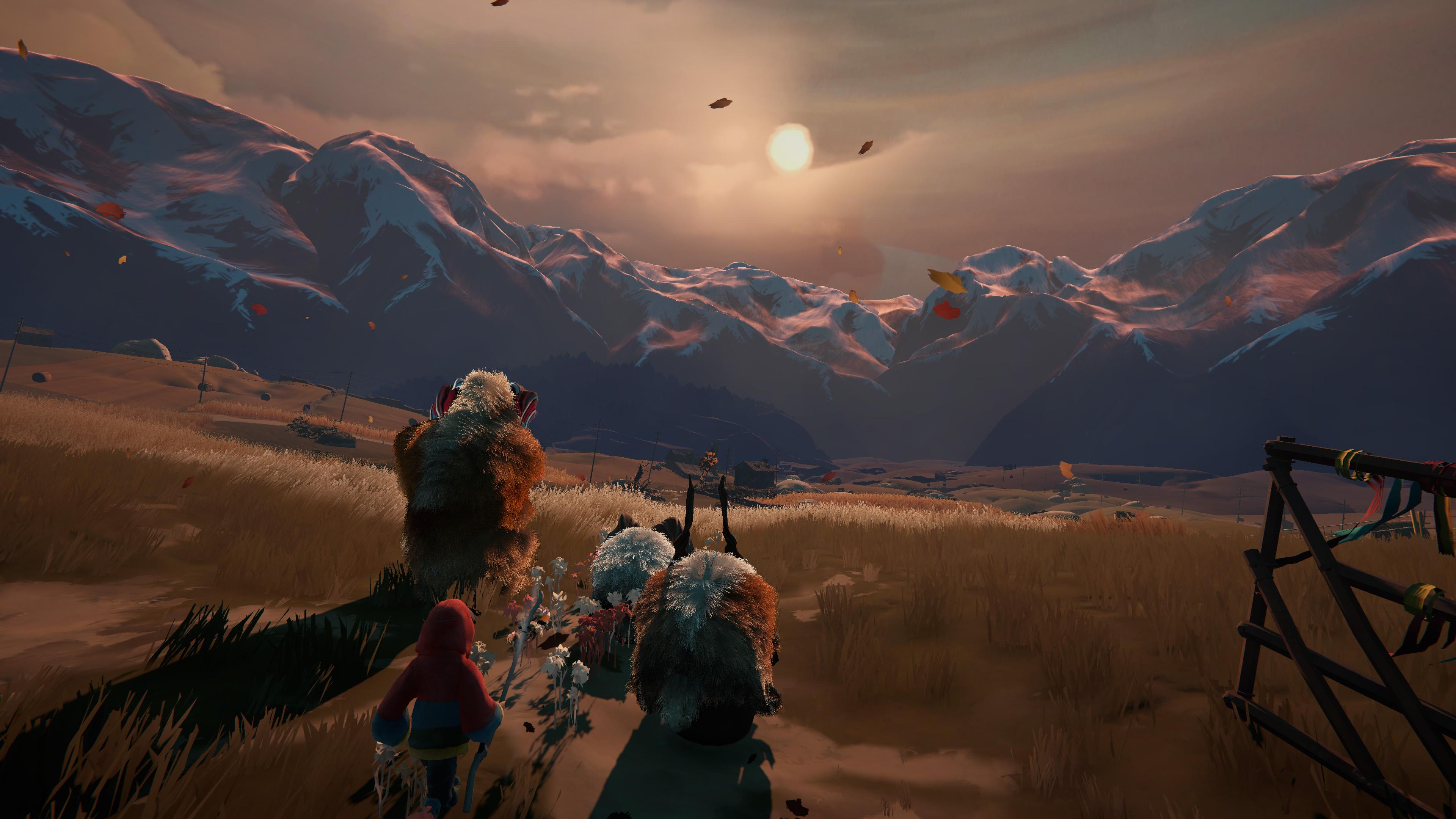
Unraveling the Origins of Herdling
Delving into the etymology of Herdling, it becomes apparent that the word has its roots in Old English and Proto-Germanic terms. The word “herd” is derived from the Old English word “heorde”, which referred to a group of animals, typically cattle or sheep, under the care of a herdsman. This term is closely related to the Proto-Germanic “*harithiz”, which also meant a group of animals.
- Proto-Germanic “*harithiz”: A group of animals
- Old English “heorde”: A group of animals, typically cattle or sheep
- Middle English “herd”: A group of animals, a collection of people with shared interests
As the English language evolved, the term “herd” began to take on a broader meaning, encompassing not only groups of animals but also collections of people with shared interests or characteristics. This shift in definition is evident in the Middle English period, where the term “herd” was used to describe both animals and groups of people.
| Period | Term | Definition |
|---|---|---|
| Proto-Germanic | “*harithiz” | A group of animals |
| Old English | “heorde” | A group of animals, typically cattle or sheep |
| Middle English | “herd” | A group of animals, a collection of people with shared interests |
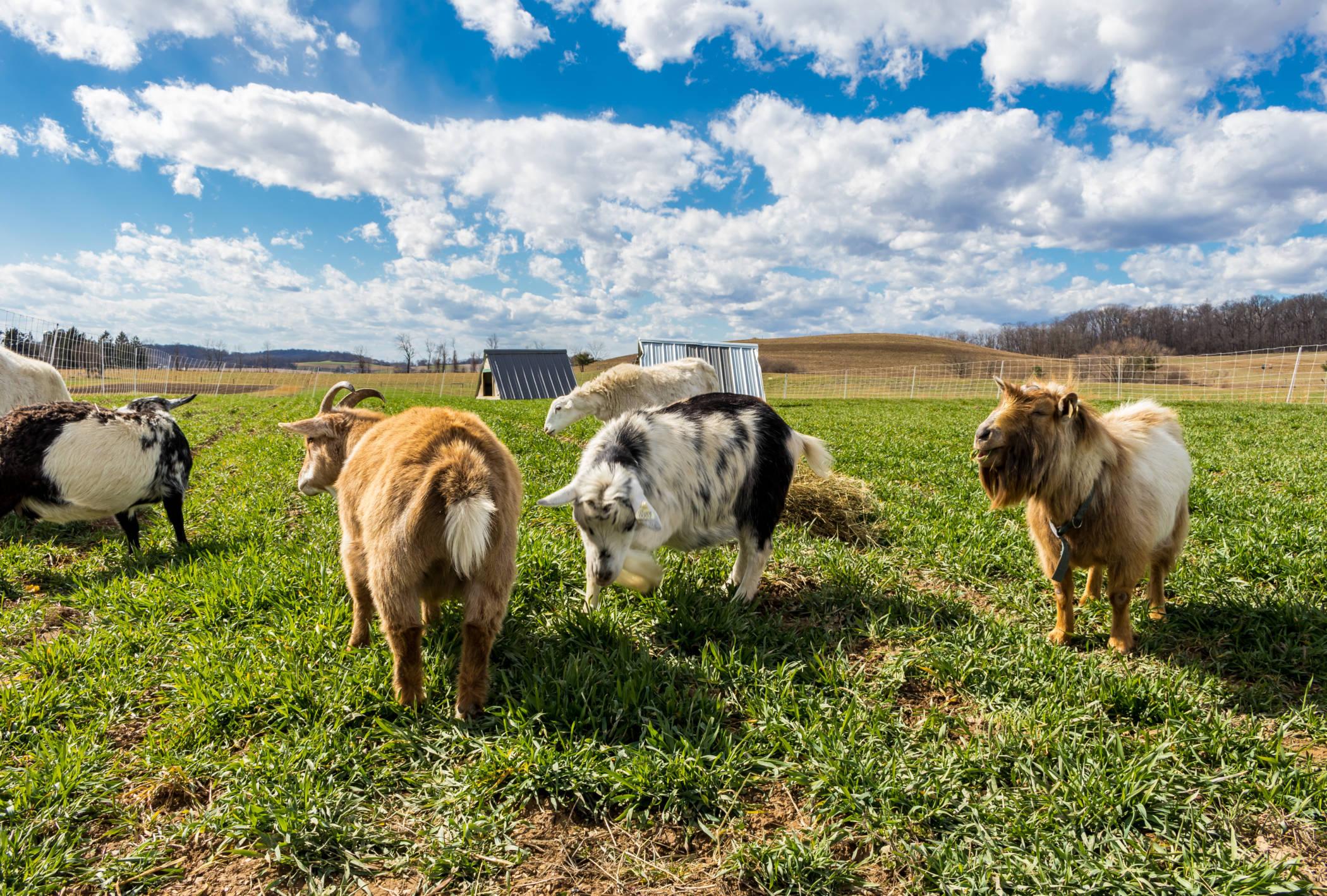
A Brief History of Livestock Management
The earliest recorded evidence of livestock management dates back to around 11,000 BCE, in the Fertile Crescent, a region in the Middle East known for its rich soil and favorable climate. The domestication of animals such as sheep, goats, and cattle revolutionized agriculture and food production, marking the beginning of the Neolithic era. This period was characterized by the development of more complex societies, with specialized labor and social hierarchies.
Over time, different civilizations developed unique approaches to managing their livestock. For example:
- Ancient Egypt: Developed a system of cattle breeding and husbandry, with a focus on producing high-quality milk and meat for the ruling elite.
- Native American tribes: Practiced a form of nomadic herding, following the seasonal migration patterns of their animals and using mobility to find grazing land and avoid harsh weather conditions.
These approaches to livestock management were shaped by factors such as geography, climate, and culture, and were often developed in response to local challenges and opportunities. As human societies continued to evolve, so too did the ways in which they managed their animals.
| Time Period | Key Developments in Livestock Management |
|---|---|
| 11,000 BCE – 4,000 BCE | Domestication of sheep, goats, and cattle; development of early farming techniques. |
| 4,000 BCE – 1,000 CE | Development of new breeds; introduction of new technologies such as the plow and the wheel. |
| 1,000 CE – 1500 CE | Expansion of livestock production into new regions; development of large-scale ranching operations. |
This table highlights some of the major developments in livestock management over time, from the initial domestication of animals to the expansion of livestock production into new regions.
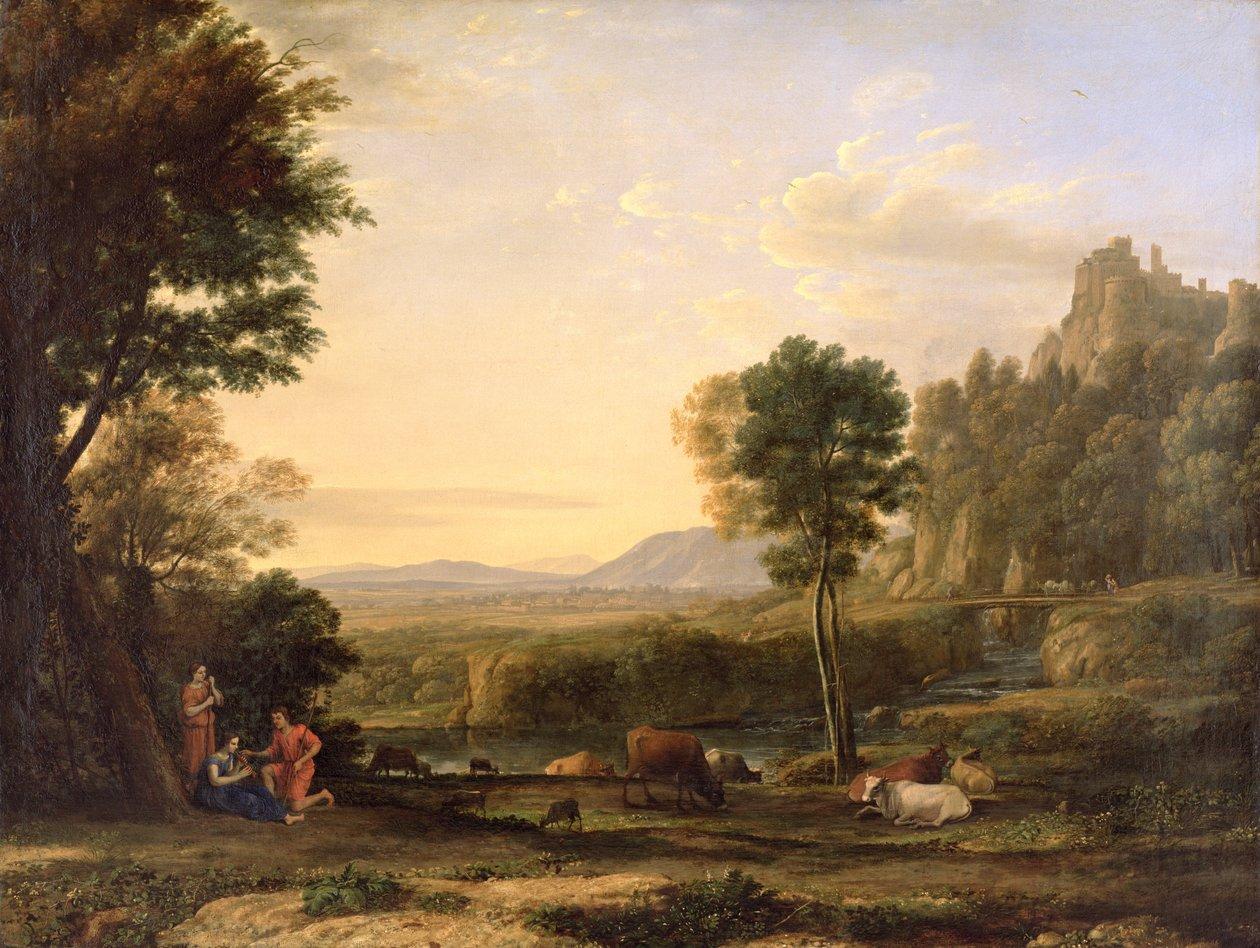
From Pastoral to Pasture
The passage of time witnessed the gradual transformation of the pastoral way of life, where people wandered with their herds in search of fresh pastures, to a more sedentary lifestyle. As they began to cultivate the land and develop basic agricultural practices, people laid down their sheepskin cloaks, setting aside the arduous nomadic existence in favor of one anchored to the earth. Meanwhile, the herd animal itself evolved from the central pillar of mobility to the icon of growth and renewal – milk fed stock being used in milk production and farming industries.
The livestock tradition influenced household and workplace dynamics alike. Family needs and traditions – childcare, shepherding – paved the pathway, while the field requirements continued to necessitate shepherds and sheep.
| Benefits of Early Shepherding |
|

The Emergence of Herding as a Livestock Strategy
Over time, early humans shifted from nomadic hunting and gathering to a more sedentary lifestyle, leading to the emergence of herding as a key livestock strategy. This strategy allowed groups to settle in areas with abundant resources, fostering the growth of communities and eventually, giving rise to modern civilizations. Early Herding Societies began to develop unique cultural, economic, and social systems, all centered around the livestock that sustained them.
These societies relied on a range of strategies to manage and maintain their herds, including mob grazing, rotation grazing, and transhumance. Key benefits of these approaches included:
- Improved forage quality and quantity
- Enhanced pasture regeneration
- Reduced parasite loads
- Increased overall herd health
Contrasting Grazing Strategies can be seen in different ancient civilizations, as outlined below:
| Herding Strategy | Description |
|---|---|
| No rotational grazing | Livestock continuously grazed the same land, depleting forage and increasing soil degradation risks. |
| Rotational grazing | Livestock were cycled between plots to give forage time to regrow and replenish, ensuring optimal pasture health. |

Understanding the Concept of Herd Immunity
Imagine a field of cattle grazing peacefully, united in their quest for the juiciest patches of grass. Now, imagine a wolf, lurking in the shadows, searching for its next unsuspecting victim. In this scenario, the wolf represents a disease, and the cattle represent a population. Herd immunity is like a fence around the field, protecting the cattle from the wolf’s deadly grasp.
The fence, in this case, is not physical, but rather a collective shield of immunity. When a significant percentage of the population is immunized or has developed natural immunity, it creates a barrier that prevents the disease from spreading. This not only protects the individual who is immunized, but also those who are more vulnerable, such as the elderly, young children, and people with compromised immune systems. The power of herd immunity lies in its ability to:
- Prevent outbreaks and epidemics
- Protect vulnerable populations
- Reduce the transmission of diseases
- Eventually, eliminate or eradicate diseases
The concept of herd immunity was first introduced by A.W. Hedrich in 1933. Since then, it has been widely studied and applied in the field of epidemiology. The table below illustrates the concept of herd immunity in different diseases:
| Disease | Number of Susceptible Individuals Required for Outbreak | Estimated Herd Immunity Threshold |
| Measles | 6-12 | 93-95% |
| Rubella | 5-6 | 80-85% |
| Polio | 2-3 | 80-85% |
| Influenza | 2-3 | 33-44% |
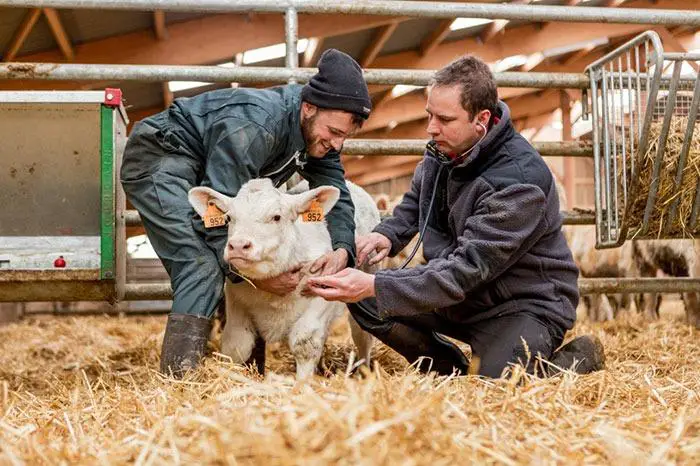
The Interconnectedness of Human and Animal Health
One of the most pivotal realizations in the field of health is the intricate web of relationships between human and animal well-being. In the past, these two were often viewed as separate entities, but as our understanding has evolved, so too has our recognition of the interconnectedness of their health.
This concept is exemplified in the One Health initiative, which aims to improve the health of humans, animals, and the environment through a collaborative, multidisciplinary approach. By studying the delicate balance between these three aspects, researchers have made groundbreaking discoveries that shed light on the impact of animal health on human well-being. For instance, studies have shown that antibiotic resistance can spread from animals to humans, and that zoonotic diseases, such as rabies and Ebola, can have disastrous consequences for both.
- Antibiotic resistance spread from animals to humans
Commonly affected animals Consequences for humans Increased risk of antibiotic-resistant infections Pets Exposure to antibiotic-resistant bacteria through contact with infected animals Wildlife Alteration of ecosystems and disruption of natural balances - Zoonotic diseases spread from animals to humans
Disease Common animal carriers Consequences for humans Rabies Bats, dogs, raccoons Neurological symptoms, death Avian Influenza Chickens, ducks, geese Severe respiratory illness, high mortality rates Ebola Nonhuman primates, fruit bats Severe hemorrhagic fever, high mortality rates
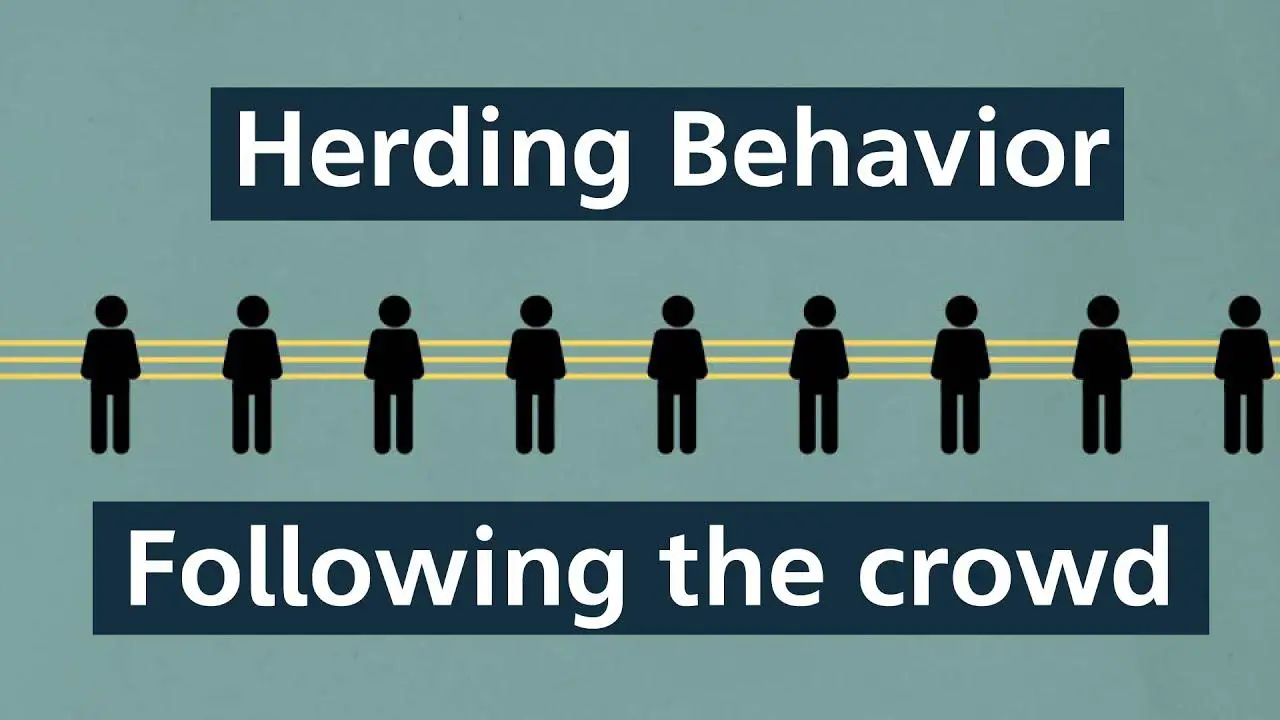
The Science Behind Herd Behavior and Social Learning
Imagine being in a crowded lecture hall, where everyone around you decides to stand up at the same time. The chances are, you’d follow them, even if you didn’t know what was happening. This phenomenon is not unique to humans; animals also exhibit similar behaviors. The science of conformity reveals that being part of a group can lead individuals to adopt certain behaviors, making them do things they might not have done otherwise.
The mere-exposure effect plays a significant role in shaping our perceptions. It states that we tend to like something more the more often we are exposed to it, even if it goes against our initial feelings. This effect is especially pronounced in social settings, where we are more likely to follow what others are doing. For example, have you ever listened to a song repeatedly because your friends loved it? That’s the power of social influence.
- Consequences of Conformity
- We adopt unhealthy habits or attitudes because they are common in our social circle.
- We silence our own opinions to avoid disagreements or social awkwardness.
- We feel pressure to join a particular movement or cause because everyone else is doing it.
- We change our appearance or mannerisms to fit in with a group.
| Level of Conformity | Description |
|---|---|
| High | We tend to follow blindly, ignoring our own thoughts and opinions. |
| Moderate | We tend to follow occasionally, mostly when we’re unsure or lack confidence. |
| Low | We tend to follow rarely, when we’re faced with extreme social pressure. |
Understanding why we behave like a herd requires us to consider both internal (psychological) and external (social) factors. These factors range from the basic desire to fit in, fear of being rejected, and seeking social support, to imitating successful people and learning new behaviors by observing others. Observational learning plays a crucial role in our lives; we learn by watching what others do, and we often replicate their actions as a result.
Many scientists and researchers believe that understanding why we behave like a herd is crucial in many aspects of life, whether personal or social. For instance, understanding why people follow a leader, even when they may be wrong, could help identify which aspects to emphasize when raising new leaders or how to increase our capacity for critical thinking. Ultimately, it’s up to each of us to choose whether we want to blindly follow the crowd or carve our own path.
- Factors Affecting Our Tendency to Conform
- Cultural background shapes our views and affects the social norms we follow.
- Personality traits influence how susceptible we are to social influence.
- Environmental factors can create conditions that foster conformity or independence.
- Historical context shapes the availability of information and access to ideas.
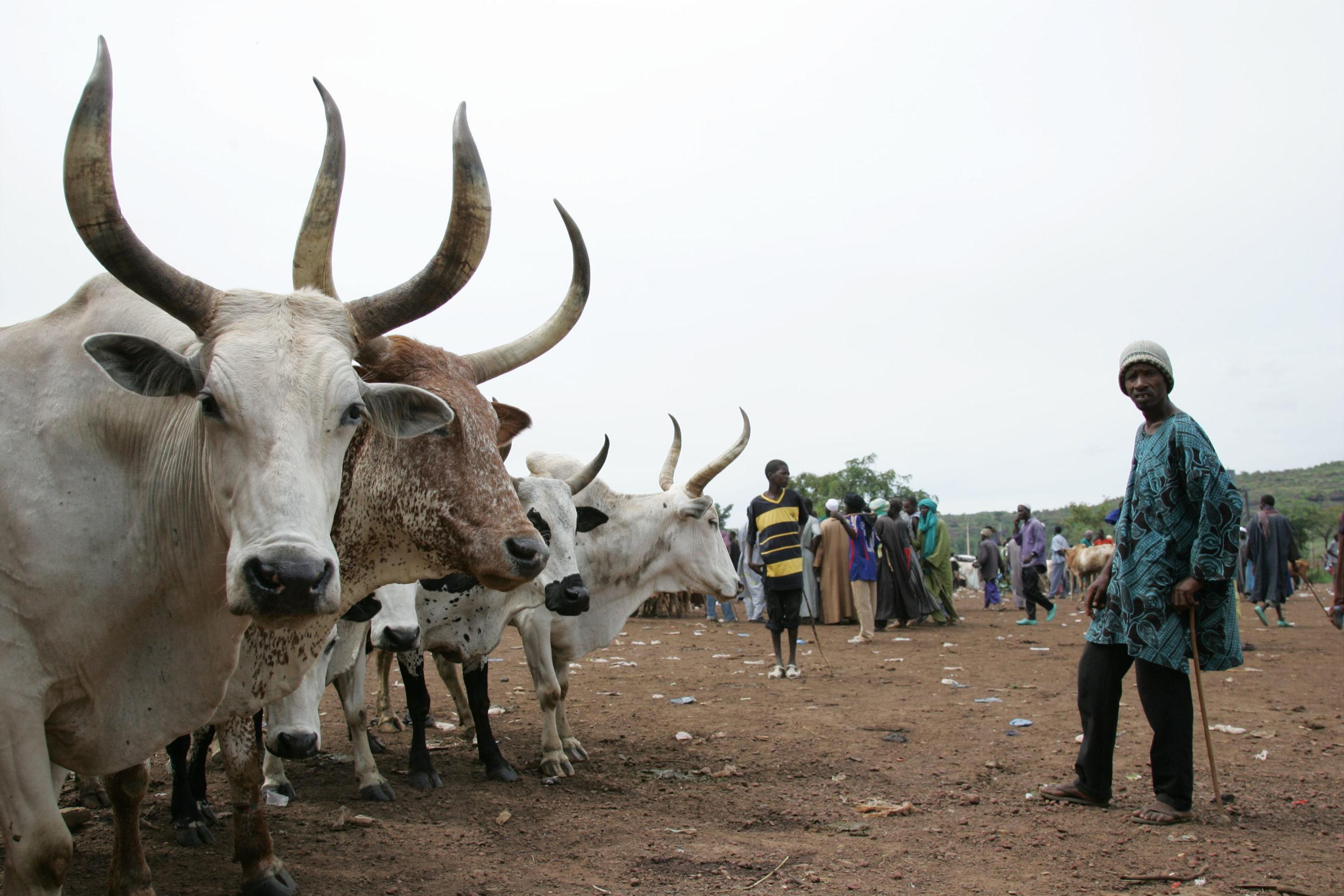
The Role of Pastoralism in Shaping Modern Herdling Practices
The influence of pastoralism on modern herding practices can be seen in several key areas. One such area is the development of specialized herding breeds, specifically bred to excel in the unique demands of herding. Key Characteristics of Herding Breeds:
- High levels of energy and endurance
- Intelligence and trainability
- Strong herding instincts
- Ability to think independently and respond to commands
The impact of pastoralism can also be seen in the methods and strategies used in modern herdling practices. Many herders continue to employ traditional techniques, such as driving and gathering stock, as well as utilizing land management strategies such as rotational grazing. Additionally, the use of herding tools, such as dogs and whips, remains a crucial component of herding. Breakdown of Modern Herdling Strategies:
| Strategy | Description |
|---|---|
| Rational Grazing | Rotating livestock to different grazing areas to maintain soil health and optimize forage production. |
| Driving and Gathering | Moving stock to new grazing areas or gathering for veterinary care or other purposes. |
| Utilizing Herding Tools | Employing tools such as dogs and whips to manage and control stock. |
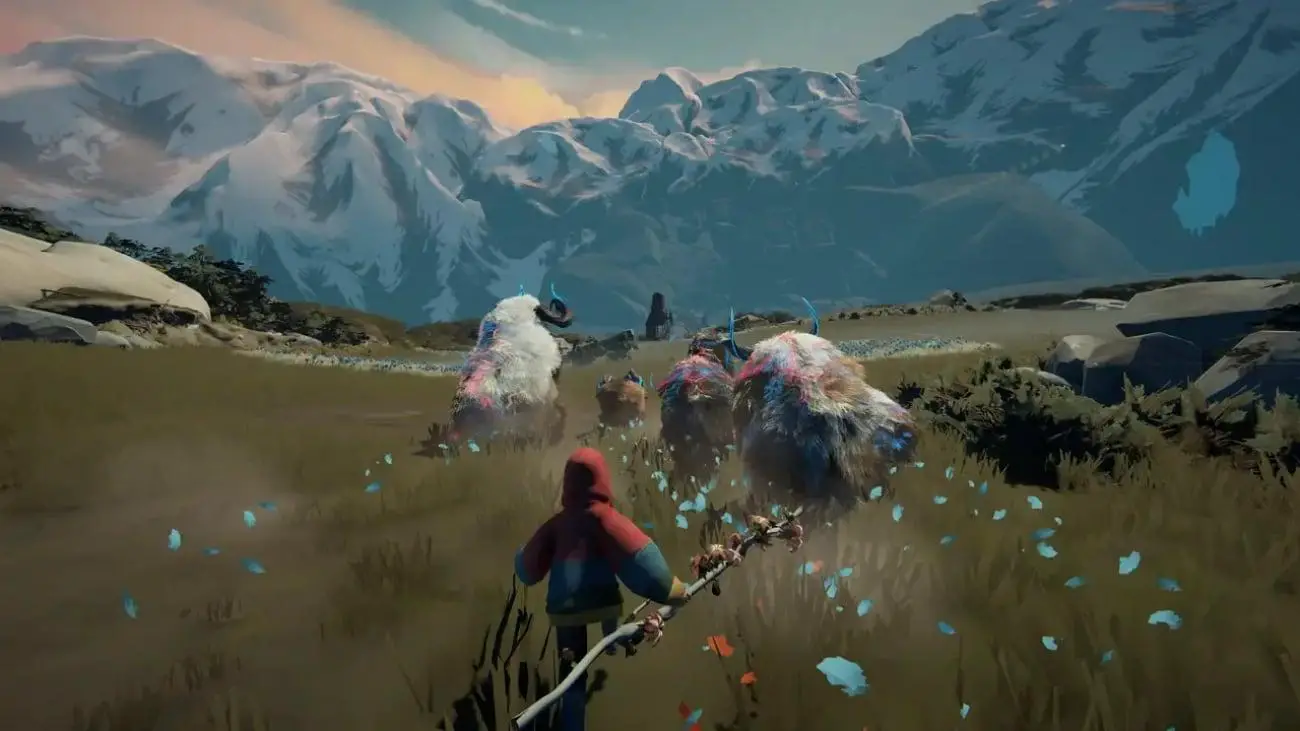
From Tradition to Technology
We’ve come a long way from the days of manual cattle herding, where cowboys would spend hours under the scorching sun, skillfully guiding their livestock across vast fields. The evolution of herding has seen significant transformations over the years, from traditional methods to modern technological advancements. Today, cattle farmers and herders employ innovative techniques to monitor and manage their cattle, making herding more efficient and humane.
Technological Advancements in Herding
Evolving with Time
The use of advanced technology has revolutionized the herding process. Here are some of the ways technology has transformed cattle management:
- GPS tracking devices that enable real-time monitoring of cattle
- Drones equipped with thermal imaging cameras for early detection of health issues
- Automated feeding and watering systems to optimize cattle nutrition
- Mobile apps that allow farmers to track cattle movements, monitor weather conditions, and receive critical updates on cattle health
| Herding Method | Benefits | Drawbacks |
|---|---|---|
| Traditional Herding | Develops horsemanship skills, promotes cattle handling | Time-consuming, physically demanding, higher risk of cattle stress |
| Technological Herding | Increased efficiency, improved cattle health, reduced labor costs | High initial investment, technical glitches can occur |
These technological advancements have significantly altered the way farmers and herders manage their cattle. As we continue to navigate this exciting new era in cattle management, it’s clear that a combination of traditional and modern practices will be essential in shaping the future of the industry.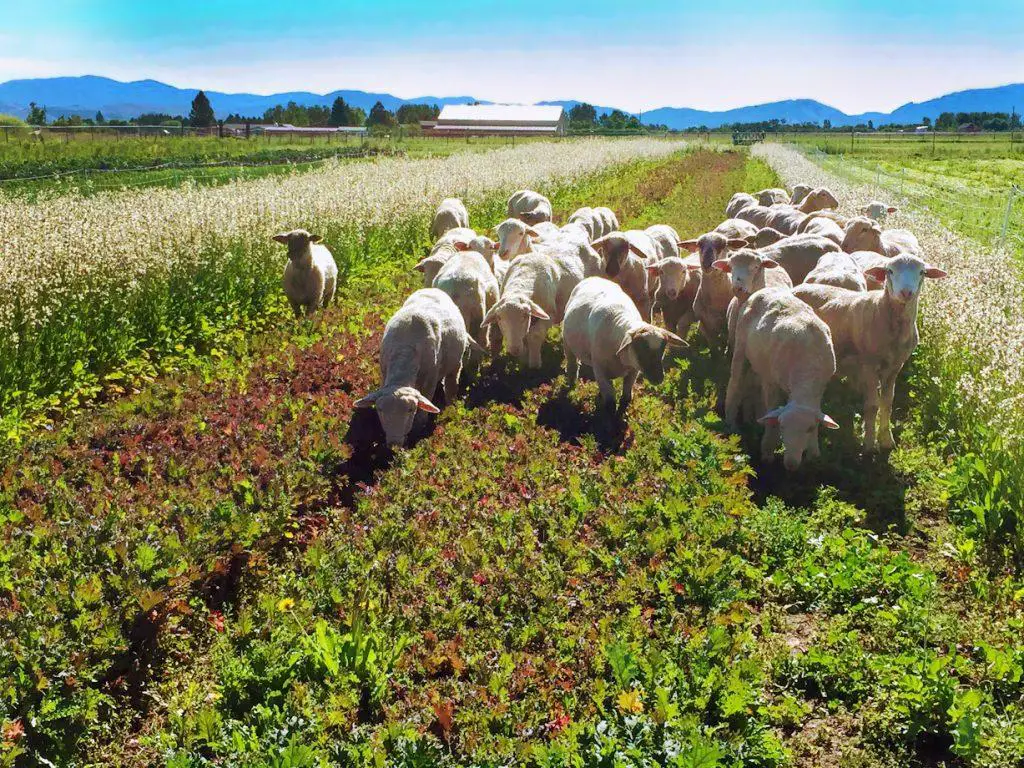
Modernizing Herdling for Sustainable Livestock Management
In an effort to improve the way we manage livestock, it’s essential to revisit the age-old concept of herding and rethink how we implement it. Traditional herding methods, although tried and tested, have significant drawbacks. They can lead to:
Soil erosion and degradation due to overgrazing
Increased competition for limited resources
Inefficient use of land and labor
Higher greenhouse gas emissions
On the other hand, modernizing herding techniques presents an opportunity to adopt more sustainable practices that prioritize animal welfare, environmental conservation, and farm productivity. Key innovations in herding include:
Rotational grazing: dividing land into smaller sections to prevent overgrazing and allow for more efficient use of resources
Precision livestock monitoring: using technology to track animal health, behavior, and movement patterns
* Regenerative agriculture: focusing on soil conservation, biodiversity, and ecosystem services
Benefits of Modern Herding
| Benefits | Description |
| ——————— | ————- |
| Improved soil health | Increased soil fertility and structure |
| Enhanced biodiversity | Support for ecosystem services and native species |
| Increased farm productivity | More efficient use of land, labor, and resources |
| Reduced environmental impact | Lower greenhouse gas emissions and conservation of natural resources |
By embracing modern herding techniques, farmers and livestock managers can contribute to a more sustainable and environmentally conscious agricultural system.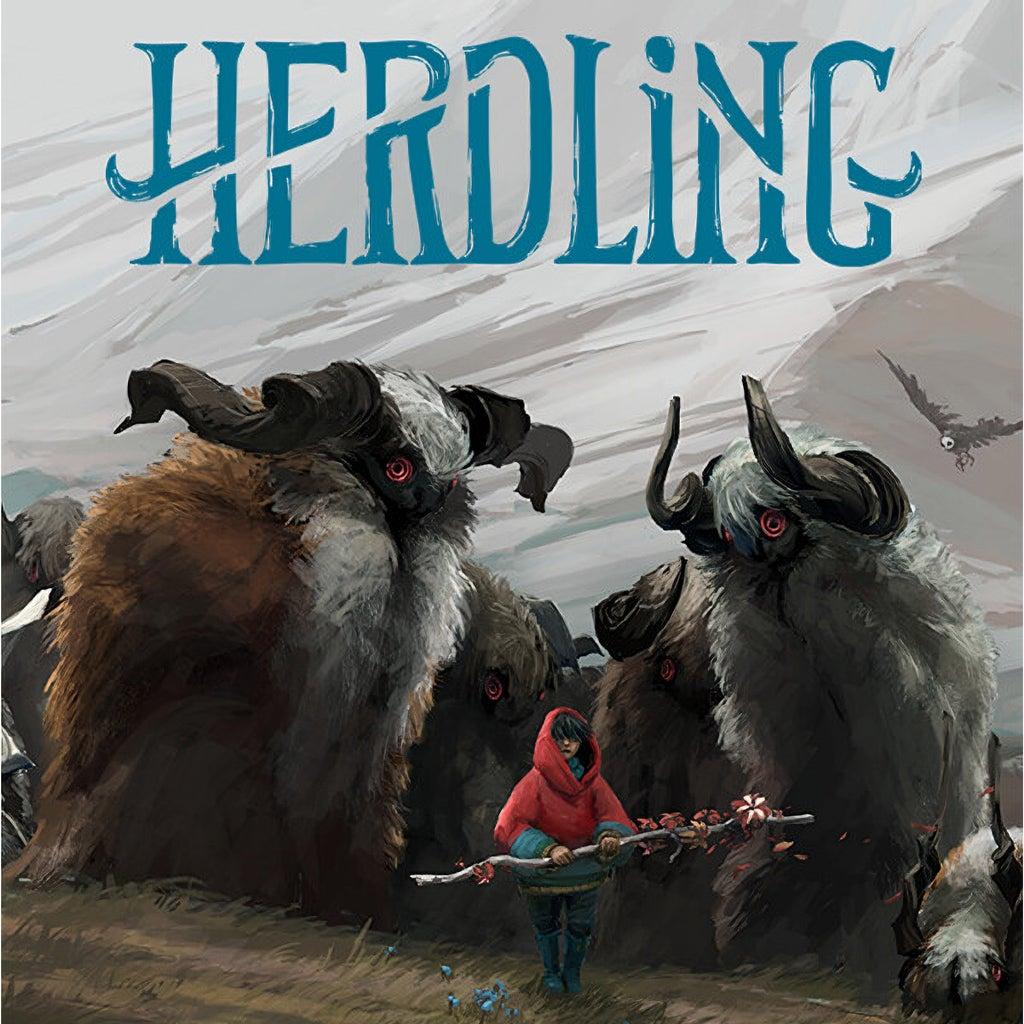
The Intersection of Herdling and Conservation Biology
At the heart of conservation biology lies the preservation of species and the ecosystems they inhabit. A significant aspect of this endeavor is the study of herd dynamics, particularly in large mammalian species. The concept of herdling, though seemingly esoteric, cuts across various disciplines, from ecology to animal behavior. The management and maintenance of healthy herd populations are essential for ensuring the balance of ecosystems worldwide.
While herdling research has deep roots in traditional practices like herding in both agricultural and pastoral settings, conservation biology provides an added urgency to the study of animal behavior. In recognition of these dynamics, researchers are incorporating insights from studies of herd behavior, predator-prey relationships, and population modeling into conservation action plans. By consolidating evidence across disciplines, the impact of human activities on natural habitats can be better understood and mitigated. Notable applications of herdling insights in conservation efforts are reflected in the following examples:
| Application | Population or Habitat | Location |
|---|---|---|
| Endangered species reintroduction | Black-footed ferrets and prairie dogs | North America |
| Ecological restoration | Return of grazing herbivores to wetland ecosystems | Europe |
| Tourism-based conservation initiatives | Grizzly bears and large mammalian species | Alaska and Canada |

Evolving the Notion of Herd in Modern Times
As humans, we’ve always been drawn to the idea of being part of something bigger than ourselves – a collective, a community, or in this case, a herd. In the present day, this notion has evolved in ways that stray from the traditional imagery of cows grazing in a field. A modern ‘herd’ doesn’t only imply a gathering of individuals around a common resource, but a dynamic entity powered by shared experiences, knowledge, and influence. Today, we find ‘herds’ in social media platforms, online forums, and passionate groups rallying behind a cause, innovators forging new paths in technology, and networks of cooperative entities that foster exponential growth.
This shift is exemplified by several factors that distinguish a modern herd from its historical counterparts. Here are some key differentiators:
- Fluid boundaries: Unlike traditional herds with fixed boundaries and strict leadership, modern collectives are characterized by fluid perimeters, shifting allegiances, and rotating leadership roles.
- Porous hierarchies: Modern herds are more likely to have decentralized decision-making processes, reducing the control exerted by a dominant leader and broadening participation.
- Collective problem-solving: In a bid to harness diversity, modern collectives leverage an open sharing of information, insights, and unique perspectives, to yield richer solutions.
| Traditional Herd | Modern Herd |
|---|---|
| Fixed leadership and hierarchy | Decentralized and rotating leadership |
| Physical boundaries | Virtual, global, and digital connections |
| Homogeneous individuals | Diverse and inclusive groups |
As modern collectives continue to evolve and thrive, they forge new connections, nurture shared values, and foster resilience in the face of uncertainty. These aspects allude to a ‘herd’ that, despite straying from traditional interpretations, epitomizes the timelessness of fundamental human instincts – the drive for community and unity.
In Retrospect
As we bid farewell to our journey through the untold story of ‘herd’ in herding, we’re left with a profound appreciation for the ancient roots and far-reaching branches of a single word. It’s a testament to the complex tapestry of human experience, woven from the threads of history, culture, and language. So the next time you find yourself lost in a sea of sheep, or struggling to manage a team of unruly individuals, remember the rich heritage of the humble ‘herd’, and may its tale of origin inspire you to gather, guide, and grow with the ‘flock’ around you.






